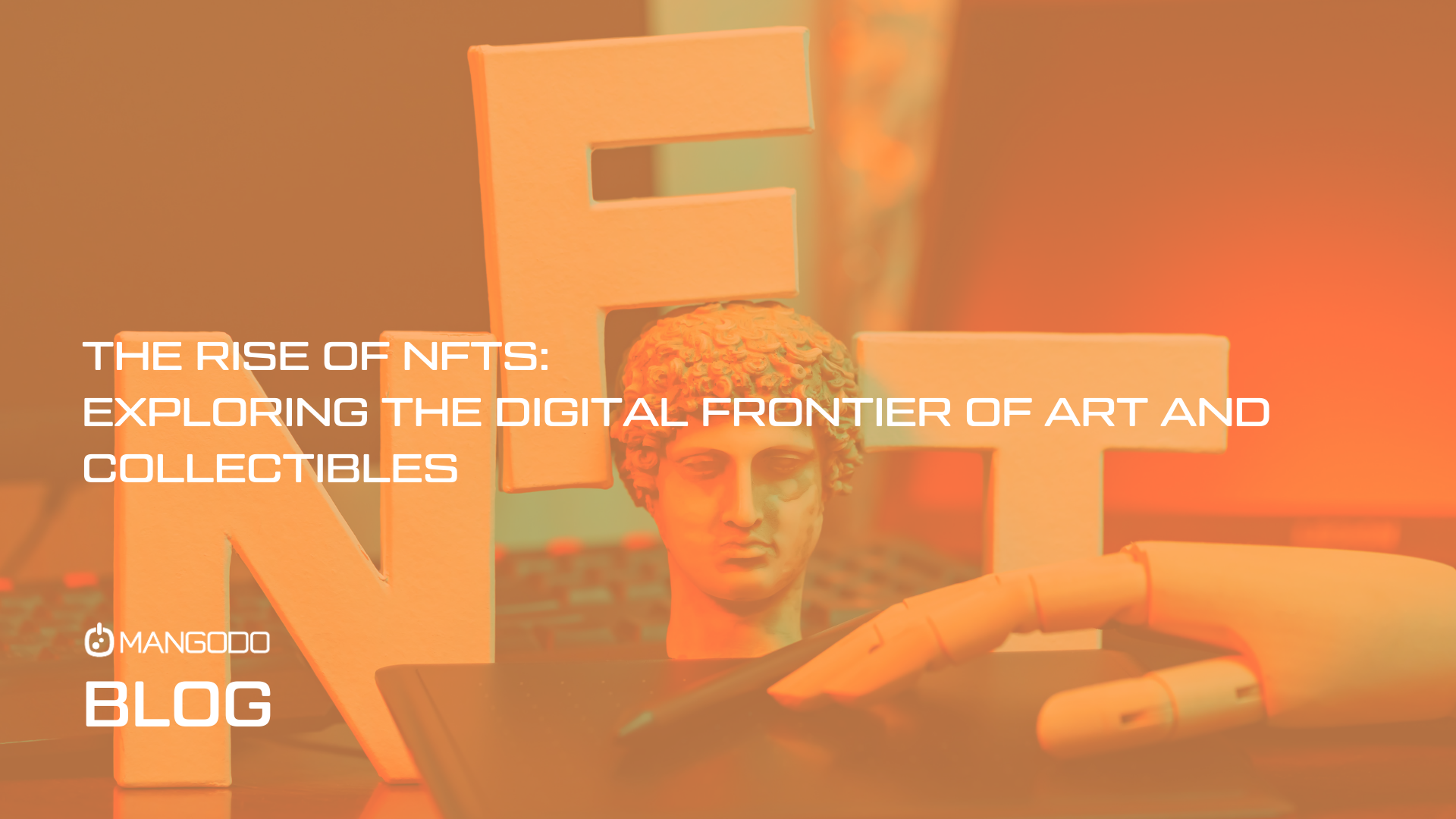The Rise of NFTs: Exploring the Digital Frontier of Art and Collectibles
In recent years, the art and collectibles market has undergone a revolutionary transformation with the emergence of Non-Fungible Tokens (NFTs). These digital assets, representing ownership or proof of authenticity of unique items, have taken the creative world by storm, reshaping how we perceive, buy, and sell art. The rise of NFTs signifies a significant shift towards the digital frontier, where traditional boundaries of art and collectibles are being redefined.
Unleashing Digital Creativity
NFTs have become a powerful tool for artists to unleash their creativity in the digital realm. By tokenizing their work, artists can establish ownership and rarity, paving the way for a new era of digital art. Unlike traditional art forms, NFTs allow creators to retain control over their work and receive direct compensation whenever their pieces are sold or transferred. This democratization of the art world empowers artists to connect directly with their audience and gain recognition for their unique contributions.
A New Paradigm for Collectibles
Collectors, too, have embraced the NFT revolution. Digital collectibles, ranging from virtual trading cards to virtual real estate, have become highly sought after in the NFT marketplace. The blockchain technology behind NFTs ensures transparency, security, and scarcity, making digital collectibles not only valuable but also verifiable in terms of authenticity and ownership. The concept of ownership is being redefined in the digital age, as collectors are now able to prove their ownership of a digital asset using blockchain technology.
Redefining Ownership and Authenticity
The blockchain, a decentralized and tamper-proof ledger, is at the heart of NFTs, providing an immutable record of ownership and authenticity. This technology eliminates the need for intermediaries and ensures that each NFT is unique and traceable. The era of forgeries and art fraud may see a significant decline as NFTs become the standard for proving ownership and authenticity in the art world.
Challenges and Controversies
Despite the transformative potential of NFTs, they have not been without their share of challenges and controversies. Environmental concerns surrounding the energy consumption of blockchain networks, particularly in the case of popular platforms like Ethereum, have sparked debates about the ecological impact of NFT transactions. Additionally, issues related to copyright infringement and intellectual property rights have emerged as the NFT space continues to evolve. Striking a balance between innovation and ethical considerations remains a pressing challenge for the NFT community.
The Future of NFTs
As the NFT market continues to mature, it is poised to play a pivotal role in shaping the future of art and collectibles. Innovations in blockchain technology, including the development of more eco-friendly protocols, are likely to address some of the current concerns associated with NFTs. Moreover, as mainstream acceptance grows, we can anticipate a broader integration of NFTs into various industries, ranging from gaming and virtual reality to music and literature.
In conclusion, the rise of NFTs represents a fascinating chapter in the ongoing digital revolution. It has provided artists with new opportunities for creative expression, collectors with novel ways to build digital portfolios, and the entire art ecosystem with a paradigm shift in ownership and authenticity. While challenges persist, the potential for NFTs to redefine the art and collectibles landscape is undeniable. As we navigate this digital frontier, the intersection of technology and creativity continues to shape the future of how we perceive, value, and experience art.
